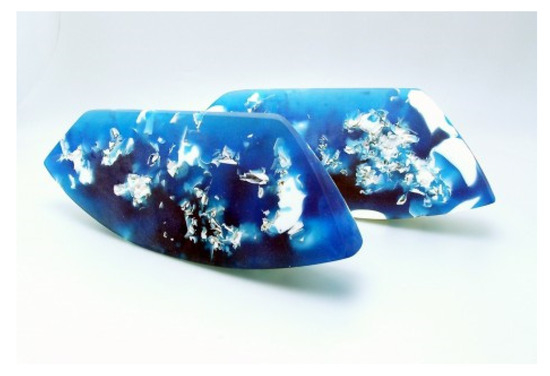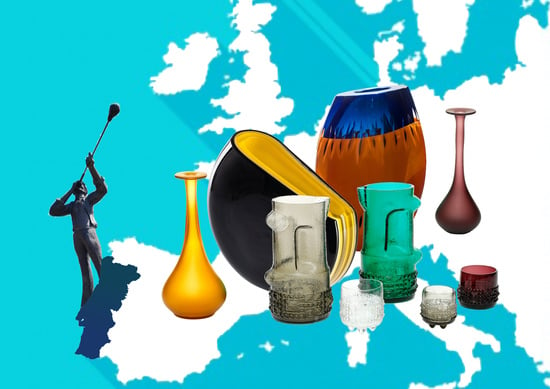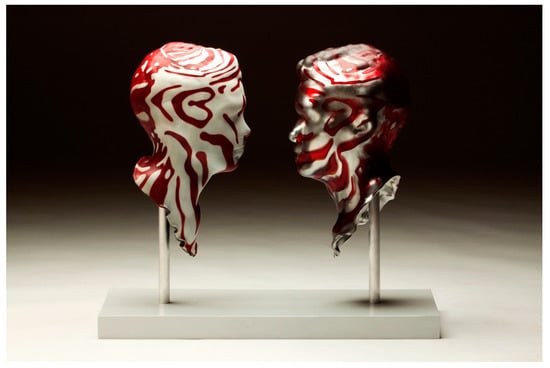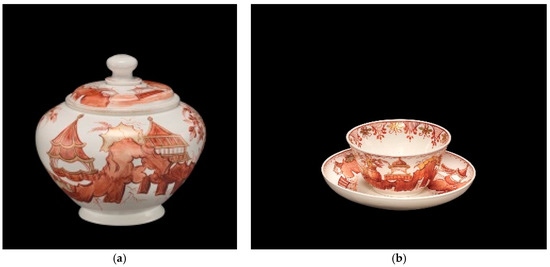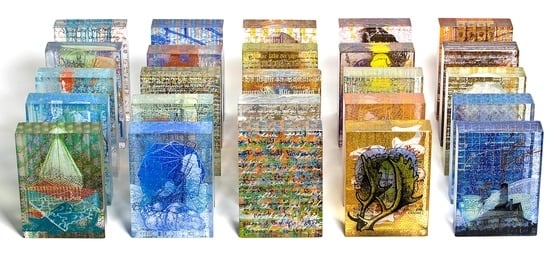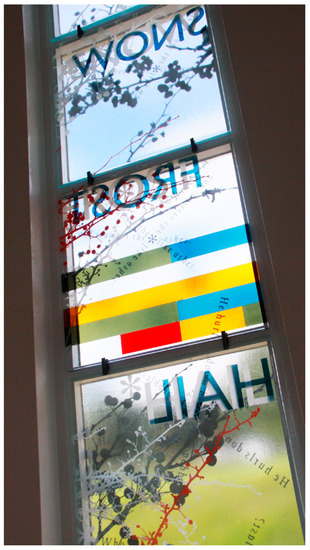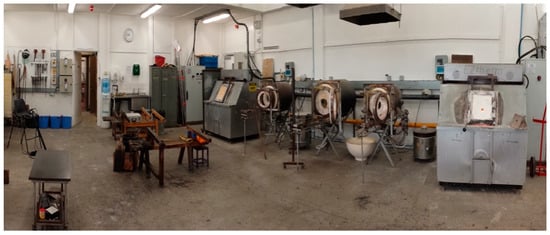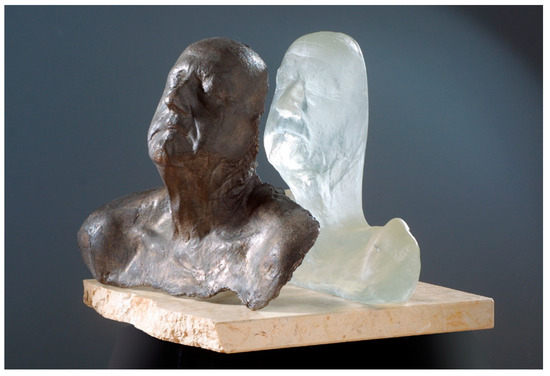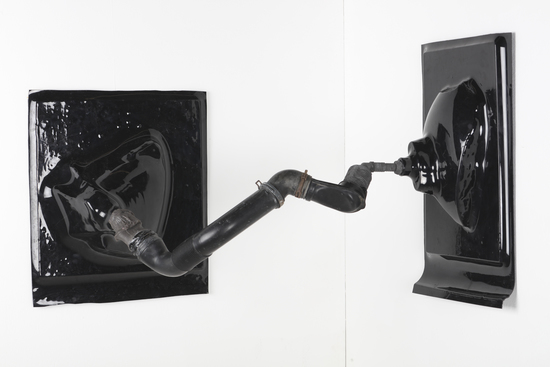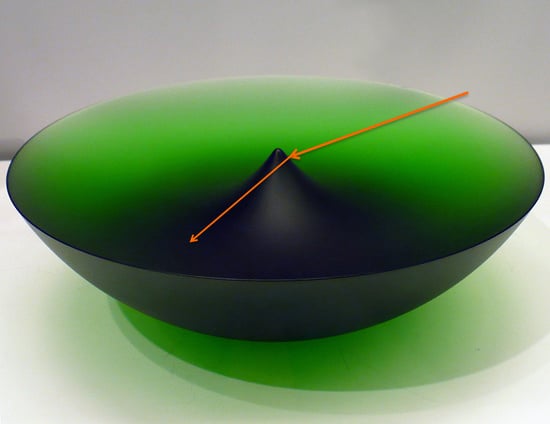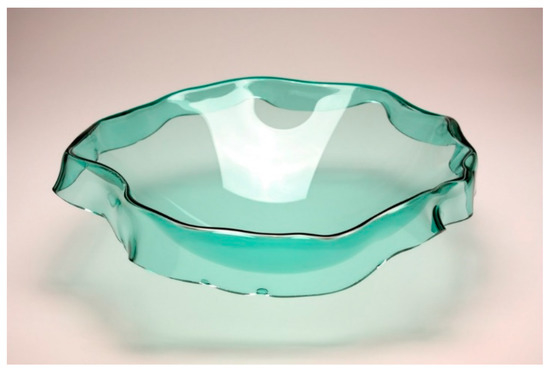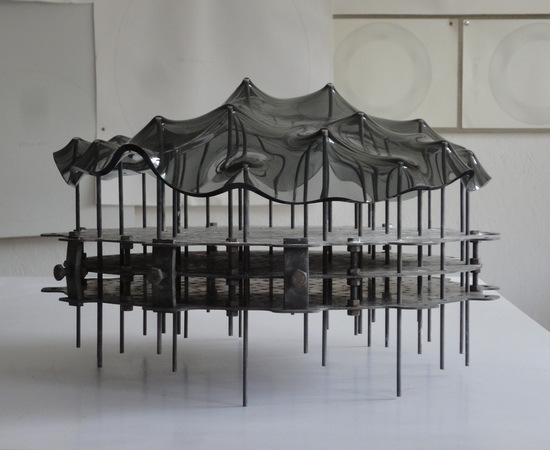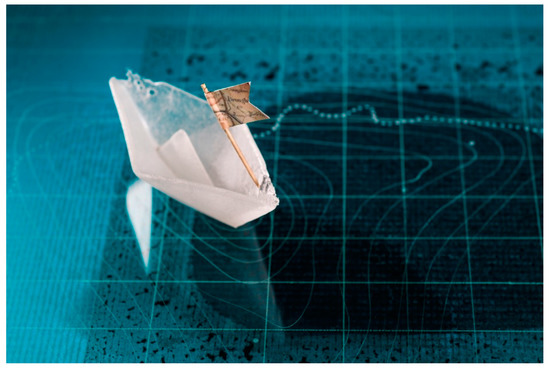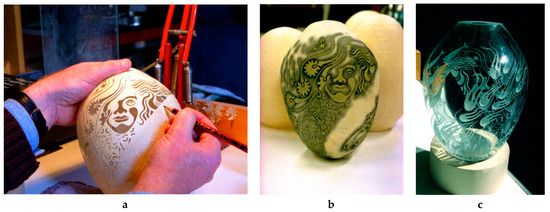Contemporary Glass Art: Materiality and Digital Technologies (Closed)
A topical collection in Arts (ISSN 2076-0752). This collection belongs to the section "Applied Arts".
Viewed by 66085Editor
Interests: glassmaking; glass design; art glass; practice-based research; digital-technologies; collaborative practice; inter-disciplinarity; materiality; mixed media; material combinations
Special Issues, Collections and Topics in MDPI journals
Topical Collection Information
Dear Colleagues,
Glass is a material that we encounter in many forms in our everyday lives; however, as an artistic medium, it is evocative and has an innate beauty that has captured the creative imagination. Art glass is well suited to the pursuit of creative expression, transforming from a liquid to a solid state in front of our eyes. This transitory nature inspires many artists and designers, who are intuitively drawn to this material and the many benefits it offers to creativity. Renowned as being difficult to control, glass practitioners train for many years to understand and master its elusive and contradictory nature. This approach creates a unique type of practice-based research, driven by a tenacity and stubbornness to experiment, challenge, and adapt in the pursuit of new material innovation. This journal will explore the current context of practice-based research in the field of art glass, focused through two themes: 'materiality and making' and 'new digital technologies', thus inviting those in the field who are helping to forge new territories and advanced material discourses to introduce their contributions to the field. Since the late 1990’s, practice-based doctoral research into glass has been forging new innovations in the field and has ensured that this rich discipline continues to evolve as a highly advanced field. Contemporary art glass practitioners continue to pioneer new ways of working and thinking through this material.
This Special Issue will offer a series of papers from a diverse community of researchers and practitioners who are advancing and challenging the boundaries of the field of art glass through their practice-based research. Through their contributions, a current perspective about contemporary art glass will be presented.
We invite potential contributors to submit written reports on their practice-based research, creative practice, innovations, and experiences at the crossings of art, design, and technology in the field of art glass, which will be considered by our review panel.
Dr. Jessamy Kelly
Collection Editor
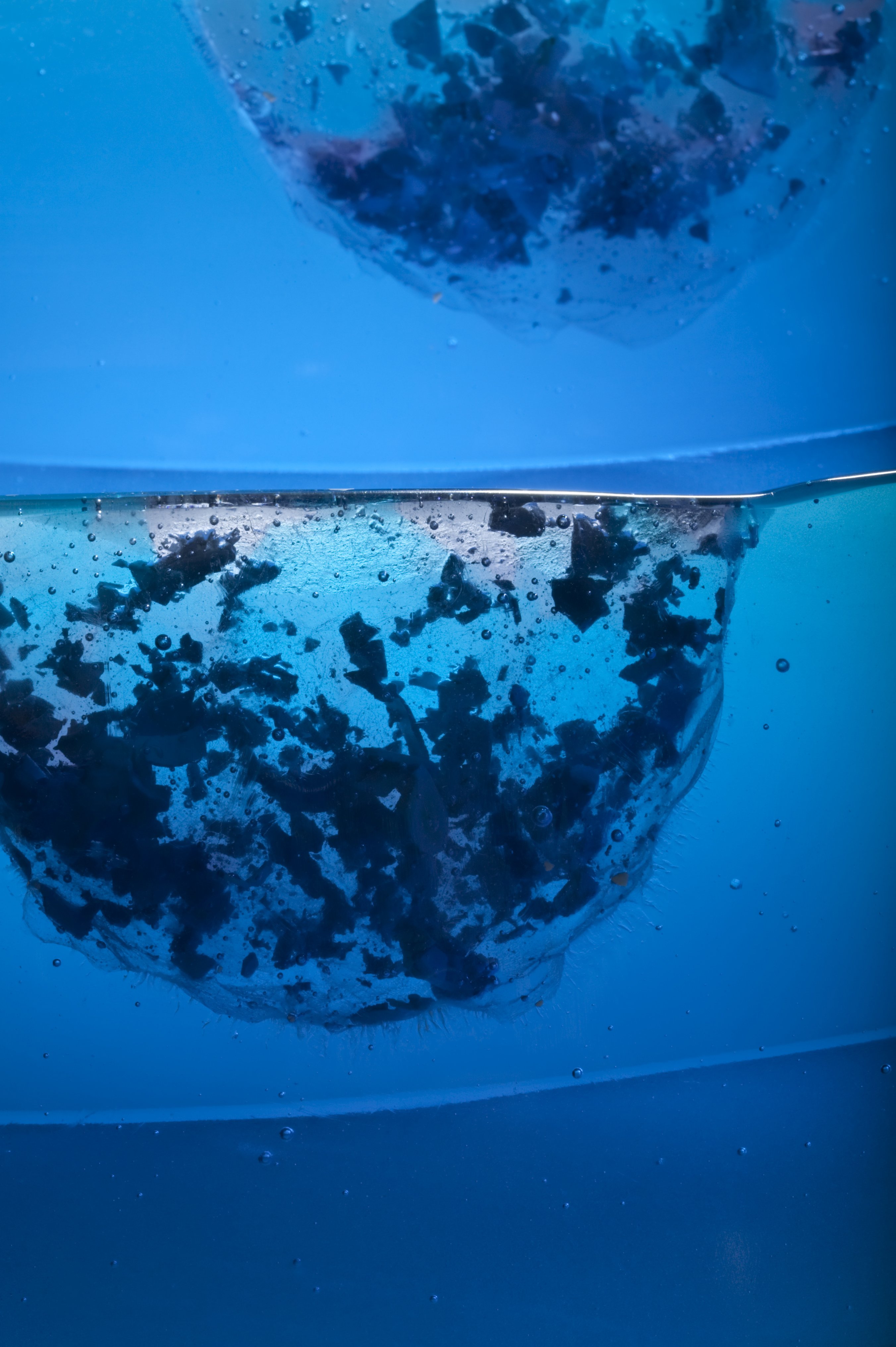
Manuscript Submission Information
Manuscripts should be submitted online at www.mdpi.com by registering and logging in to this website. Once you are registered, click here to go to the submission form. Manuscripts can be submitted until the deadline. All submissions that pass pre-check are peer-reviewed. Accepted papers will be published continuously in the journal (as soon as accepted) and will be listed together on the collection website. Research articles, review articles as well as short communications are invited. For planned papers, a title and short abstract (about 100 words) can be sent to the Editorial Office for announcement on this website.
Submitted manuscripts should not have been published previously, nor be under consideration for publication elsewhere (except conference proceedings papers). All manuscripts are thoroughly refereed through a double-blind peer-review process. A guide for authors and other relevant information for submission of manuscripts is available on the Instructions for Authors page. Arts is an international peer-reviewed open access semimonthly journal published by MDPI.
Please visit the Instructions for Authors page before submitting a manuscript. The Article Processing Charge (APC) for publication in this open access journal is 1400 CHF (Swiss Francs). Submitted papers should be well formatted and use good English. Authors may use MDPI's English editing service prior to publication or during author revisions.
Keywords
- design and digital technologies
- materiality and making
- inter-disciplinarity and collaborative practice
- mixed media
- CAD/CAM
- 3D Printing
- art glass
- digital technologies
- glass design




